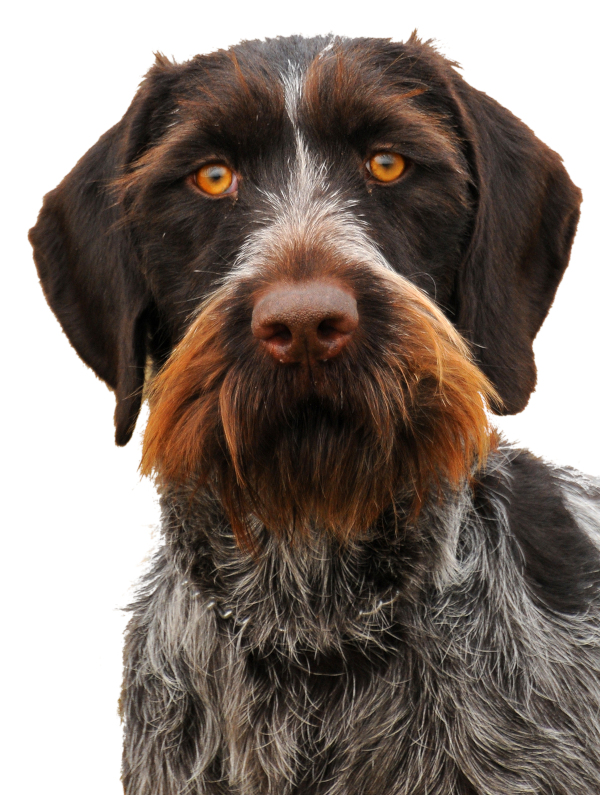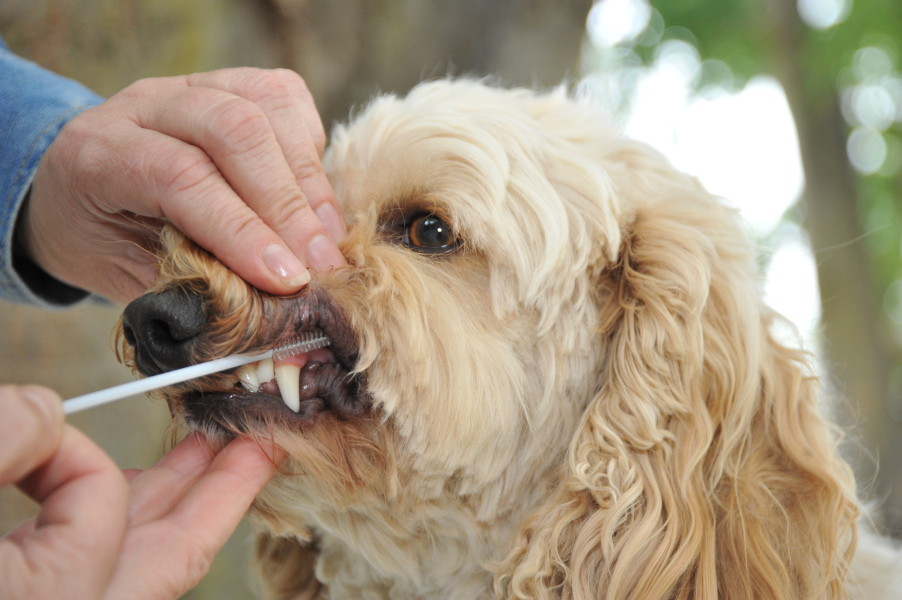Quick Summary

Click here for Price and Turnaround Time
Phenotype: Dogs with furnishings have long mustache and eyebrow hair.
Mode of Inheritance: Autosomal dominant
Alleles: N = No furnishings, F = Furnishings
(For Improper Coat: N = No improper coat, IC = Improper Coat)
Breeds appropriate for testing: Many breeds including Airedale Terrier, Australian Terrier, Bearded Collie, Bichon Frise, Black Russian Terrier, Border Terrier, Bouvier Des Flandres, Briard, Brussels Griffon, Cairn Terrier, Chinese Crested, Dachshund, Dandie Dinmont Terrier, Fox Terrier (Wire-haired), German Wirehaired Pointer, Glen of Imaal Terrier, Goldendoodle, Havanese, Irish Terrier, Irish Wolfhound, Jack Russell Terrier (and related breeds), Kerry Blue Terrier, Labradoodle, Lhasa Apso, Maltese, Norfolk Terrier, Old English Sheepdog, Petit Basset Griffon Vendeen, Poodle (all varieties and related crosses), Portuguese Water Dog, Schnauzer (all varieties), Scottish Deerhound, Shih Tzu, Silky Terrier, Skye Terrier, Soft Coated Wheaten Terrier, Spinone Italiano, Welsh Terrier, West Highland White Terrier, Wirehaired Pointing Griffon, Yorkshire Terrier, and Crossbreeds
Explanation of Results:
- Dogs with N/N genotype (IC/IC in the Improper Coat test) are expected to lack furnishings. They cannot transmit this furnishing variant to their offspring, and they will transmit the non-furnishing variant (Improper Coat) to all of their offspring.
- Dogs with N/F genotype (N/IC in the Improper Coat test) are expected to display furnishings but have a copy of the non-furnishing variant. They may transmit this furnishing variant to 50% of their offspring and the non-furnishing variant (Improper Coat) to 50% of their offspring.
- Dogs with F/F genotype (N/N in the Improper Coat test) are expected to display furnishings. They will transmit this furnishing variant to all of their offspring, and they cannot transmit the non-furnishing variant (Improper Coat) to their offspring.
Dog Coat Color and Type - Havanese Panel
$115 per animal
Additional coat colors $15 per test
Sample Collection
Dog DNA tests are carried out using cells brushed from your dog's cheeks and gums. The preferred cytology brushes are sent to you by mail, or you may provide your own brushes. For accepted alternative brushes, click here
We recommend waiting until puppies are at least three weeks old before testing.

Step-By-Step:
- Make sure the dog has not had anything to eat or drink for at least 1 hour prior to collecting sample.
- When swabbing puppies, isolate each puppy from the mother, littermates and any shared toys for 1 hour prior to swabbing. Puppies should not have nursed or eaten for 1 hour prior to collecting sample.
- If collecting samples from more than one dog, make sure to sample one dog at a time and wash your hands before swabbing another dog.
- Label brush sleeve with name or ID of dog to be sampled.
- Open brush sleeve by arrow and remove one brush by its handle.
- Place bristle head between the dog’s gums and cheek and press lightly on the outside of the cheek while rubbing or rotating the brush back and forth for 15 seconds.
- Wave the brush in the air for 20 seconds to air dry.
- Insert brush back into sleeve.
- Repeat steps 5 - 8 for each unused brush in sleeve on a fresh area of cheek and gums. Make sure to use and return all brushes sent by the VGL. In most cases, it will be 3 brushes per dog. If using interdental gum brushes, please note that the VGL requires 4 brushes per dog and only moderate or wide interdental gum brushes are accepted.
- Do not seal brushes in sleeve.
- Place all samples in an envelope and return to the address provided.
ATTENTION:
- Do not collect saliva/drool – the key to obtaining a good sample is getting cheek cells on the swab
- Do not rub swab on the dog’s tongue or teeth – this will result in poor quality sample
- Do not collect a sample from a puppy that has recently nursed – the mother’s genetic material can rub off on the puppy’s mouth and contaminate the sample
Furnishings refers to the longer mustache and eyebrows seen in wire-haired dogs and other breeds. A dominant variant (167bp in the 3'-UTR sequence) of the R-spondin-2 (RSPO2) gene produces this desired texture and growth pattern of fur.
All wire haired breeds have furnishings. However, dogs that have furnishings and long hair do not typically display wiry coat.
Improper Coat: The breed standard for Labradoodle, Goldendoodles, and Portuguese Water Dog requires “furnishings”. In these dog breeds, lack of the dominant RSPO2 variant (IC) causes Improper Coat which is characterized by short hair on the head, face, and legs.
